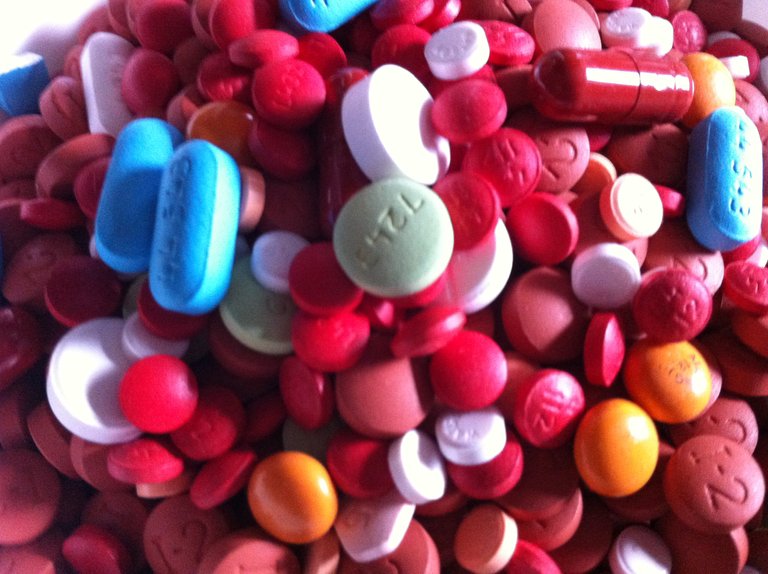The Science of Lysergic Acid Diethylamide (The Psychedelic Effect)
You've probably heard of LSD, a drug known for its psychedelic effects. In some countries, like the United States, it's classified as a Schedule 1 drug, making its manufacture, distribution, and possession illegal, unless for research purposes with the appropriate license. So, let's dive into the world of LSD for educational and recreational exploration only.
Lysergic Acid Diethylamide (LSD) was first synthesized by Alber Hofmann, a swiss chemist in 1938. Synthesized from the fungus Ergot which grows on Rye, it was the 25th compound he had synthesized from the compound and he dosed himself with the compound accidentally. It was at this point that he realized its psychedelic effect.

Hofmann's research initially focused on the potential medicinal properties of Ergot Alkaloid due to its profound effects on the cardiovascular and nervous systems. These effects included vasoconstriction of blood vessels and alterations in neurotransmission, among others. Subsequently, he intentionally experimented with LSD and discovered that even microdosing could induce profound creativity, both visually and neurologically.
LSD is a colorless and odorless substance with little to no taste. It is usually synthesized in crystal form which is very potent, and will need to be diluted in liquid to make it less potent. It can be taking orally or intravenously and it can be absorbed via different part such as through the mucosal membranein the oral cavity when taken through paper licking or sugar, if it is swallowed, it is absorbed i the stomach and small intestine, then to the liver and body circulation.
Numerous studies conducted since 2015 have demonstrated that LSD metabolizes into different compounds like 2-oxo-3-hydroxy-LSD (O-H-LSD) and 6-nor lysergic acid diethylamide (nor-LSD). Enzymes in the liver, including Monoamine oxidase enzymes and cytochrome P450 enzyme, play a role in breaking down LSD, with O-H-LSD being a significant urinary metabolite. This means that when taken orally, about 13% of LSD is excreted in the urine in the form of O-H-LSD, which can also be detected in blood plasma.
The effects of LSD metabolites in the body comes from the relationship that LSD has with the serotonin in the body. Serotonin is one of the sorotonin monoamine neurotransmitters along with dopamine, norepinephrine and epinephrine. Serotonin regulate bone health, appetite control, sleep and mood regulation, controlling learning and memory. Serotonin binds to 5-HT receptors in the body

In regards to the psychedelic effects of LSD, it targets the 5-HT2A Receptor in the brain where it is a partial argonist. It is dense in regions associated with learning and cognition which includes the cerebral cortex, hypothalamus, and amygdala of the limbic system. LSD also binds to dopamine receptor, histamine receptor, opioid receptors and andrenergic receptors.
LSD causes visual hallucination which can be shapes, color, and motions with the eyes closed. It also causes synesthesia where the senses blend as the brain routes information through multiple unrelated senses.
LSD's intricate interaction with serotonin receptors in the brain leads to its well-known psychedelic effects, making it a substance that has captivated researchers and curious minds alike and it is still being researched.

I haven't seen LSD in real world, but I have heard a lot about it. I have read that it is a great psychedelics that would make creators creative, especially those that artist. I am sure since the drug is a schedule 1 drug in lots of countries, then there would be an increased rate of illegal sales which would be really bad.
Thanks for your contribution to the STEMsocial community. Feel free to join us on discord to get to know the rest of us!
Please consider delegating to the @stemsocial account (85% of the curation rewards are returned).
Thanks for including @stemsocial as a beneficiary, which gives you stronger support.
Thank you for this detailed post on the science of lysergic acid. It's intriguing to learn about the chemical structure and the potential effects it has on the brain. Do you know any other healthy way to induce profound creativity?